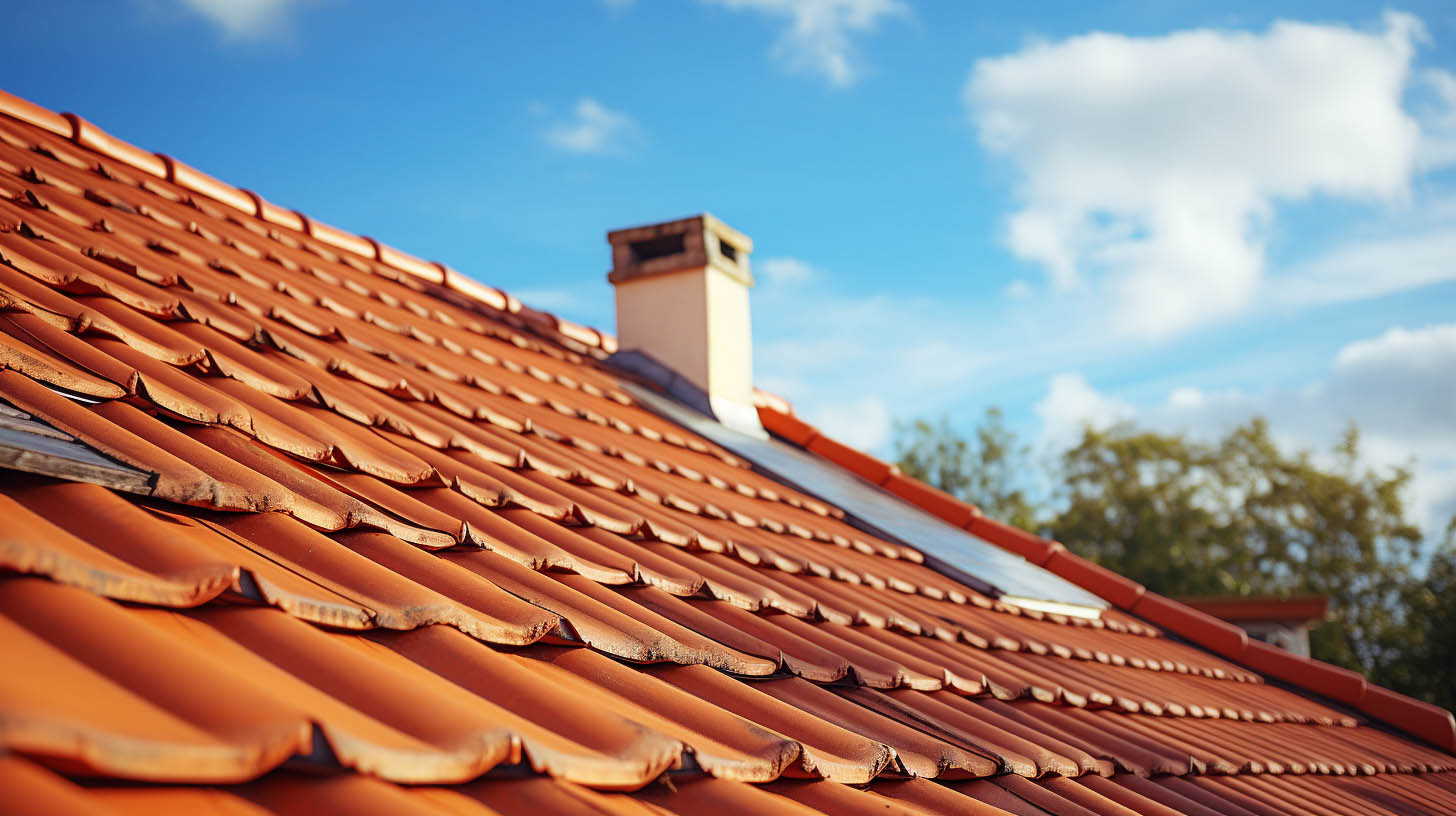
Essential Roof Inspection Guidelines: Maximizing Longevity and Performance
Understanding the Importance of Regular Roof Inspections
A roof is more than just a structural component; it’s a critical shield that protects your home from the elements. Regular roof inspections are vital to maintain this shield’s integrity. These inspections help identify potential issues before they escalate, ensuring your roof remains in optimal condition, thus extending its lifespan and enhancing its performance.
Optimal Frequency for Roof Inspections
The frequency of roof inspections should be tailored to several factors, including the roof’s age, material, and exposure to harsh weather conditions. Generally, it’s advisable to conduct inspections at least twice a year, particularly before and after severe weather seasons. This proactive approach allows for timely identification and rectification of any damage, thereby preventing more significant issues.
Special Considerations for Older Roofs
For roofs nearing the end of their service life, more frequent inspections are crucial. These roofs may require additional attention to reach their full life expectancy. Regular monitoring can identify signs of aging, such as brittleness or loss of waterproofing capabilities, enabling timely interventions.
Post-Weather Event Inspections
After extreme weather events, a thorough inspection is essential. High winds, heavy rain, snow, and hail can cause immediate and noticeable damage, such as broken or missing shingles, leaks, or structural compromise. Early detection and repair of such damages are key to maintaining the roof’s integrity.
Identifying Common Roofing Issues
During inspections, it’s important to look for common signs of roofing problems. These include:
Leaks and Water Damage: Indicators of leaks include water stains or dampness in the attic or on ceilings.
Damaged or Missing Shingles: Look for shingles that are cracked, curled, or missing entirely.
Mold and Moss Growth: These can indicate trapped moisture and potential decay.
Sagging Roof Deck: This may suggest structural issues or long-term water damage.
Gutter and Downspout Check: Ensure they are free of debris and functioning correctly to prevent water accumulation.
Professional Inspection and Maintenance
While basic inspections can be done by homeowners, professional evaluations are crucial for a comprehensive assessment. Experts like MaxForce Roofing and Siding LLC, based in Columbus, OH, bring years of experience and specialized knowledge. They can identify subtle issues, offer repair solutions, and provide maintenance tips to enhance your roof’s longevity.
Spring: The Ideal Time for Roof Maintenance
The transition from winter to spring is an opportune time for roof inspections and repairs. The milder weather allows for a thorough check and timely repairs or upgrades. This preparation ensures your roof is ready to withstand the upcoming seasons.
Conclusion
Regular roof inspections are a non-negotiable aspect of home maintenance. They play a pivotal role in extending the lifespan and ensuring the performance of your roofing system. By adhering to the recommended inspection frequency, addressing common issues, and seeking professional assistance when necessary, you can significantly enhance your roof’s durability and functionality. Remember, a well-maintained roof is not just about protection; it’s an investment in your home’s overall health and value.

